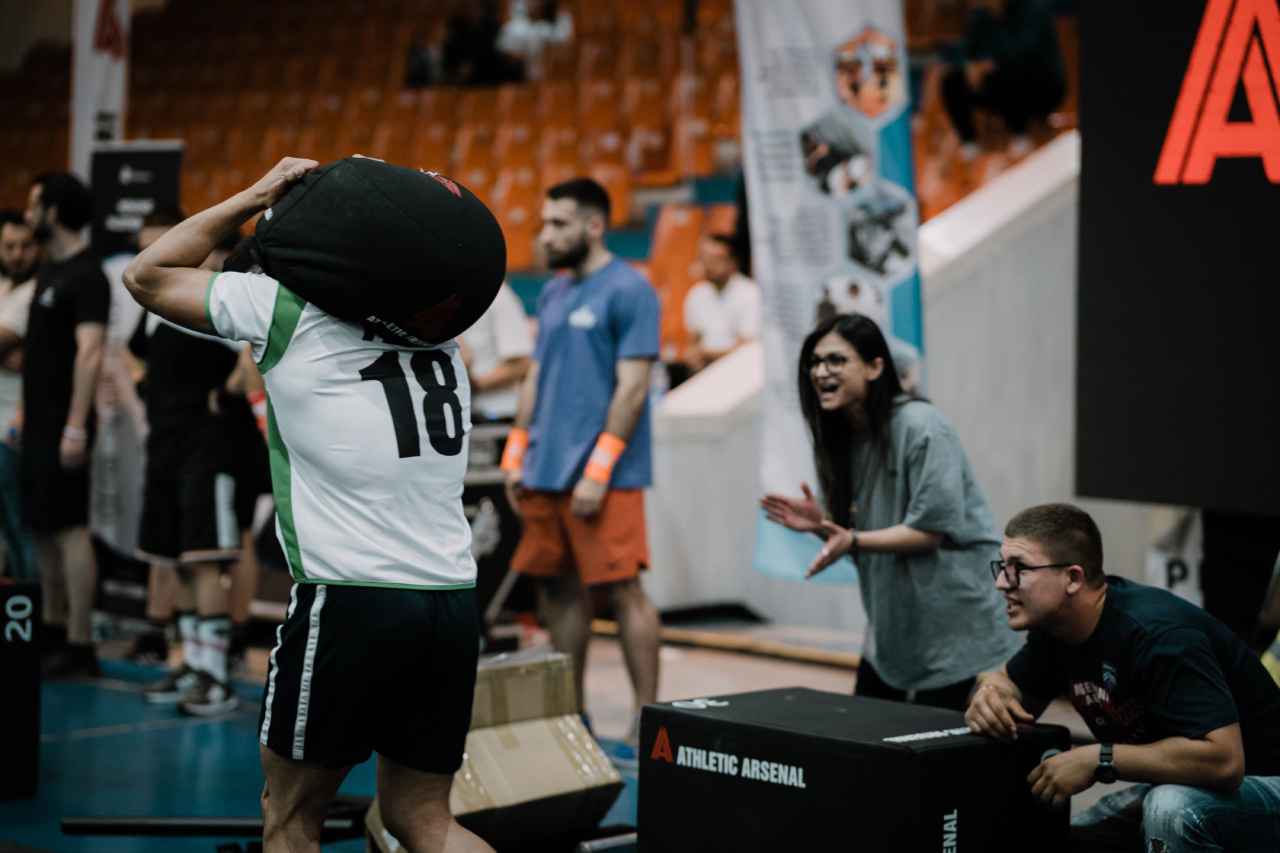Gymnastics has long been known as a sport that requires strength, flexibility, and a high degree of skill. Competitive gymnastics, in particular, can be both physically demanding and mentally challenging.
With intricate routines performed on various apparatuses, gymnasts push their bodies to the limit, often leading to injuries. In this article, we will explore the injury rate in competitive gymnastics, the most common types of injuries, their causes, and ways to prevent them.
The High Risk of Injuries in Gymnastics
Gymnastics is recognized as one of the sports with the highest injury rates. A study conducted by the Research Institute for Olympic Sports in Finland found that gymnastics had an injury rate of approximately 3.4 injuries per 1000 hours of training.
This rate is higher than many other competitive sports, including soccer, volleyball, and basketball.
Competitive gymnastics involves intense training sessions, both in terms of duration and intensity. This repetitive strain on the body can lead to overuse injuries, where the muscles and joints are pushed beyond their limit.
Additionally, gymnastics involves numerous high-impact landings, which can put immense pressure on the bones and joints, increasing the risk of acute injuries.
Common Types of Injuries in Competitive Gymnastics
Gymnasts are prone to a wide range of injuries, from minor sprains to more severe fractures. Here are some of the most common injuries seen in competitive gymnastics:.
1. Sprained Ankles
Ankle sprains are among the most prevalent injuries in gymnastics. They can occur when a gymnast lands awkwardly or loses balance during routines. The ligaments of the ankle can stretch or tear, causing pain, swelling, and limited mobility.
2. Wrist Injuries
Gymnasts often put significant stress on their wrists due to the weight-bearing nature of their routines. This can lead to conditions like wrist strains, tendonitis, and even stress fractures.
The repetitive nature of the sport can exacerbate these wrist injuries.
3. Back Injuries
The back is put under immense strain during gymnastics, especially during flips, tumbles, and landings. Gymnasts are at risk of developing conditions like spondylolysis, stress fractures in the vertebral bones, and herniated discs.
Over time, these back injuries can have long-term effects on the gymnast’s mobility and overall well-being.
4. Knee Injuries
Knee injuries, such as ACL tears, meniscus tears, and patellar tendonitis, are common in gymnastics. The repetitive jumping and landing actions put immense pressure on the knees, making them vulnerable to overuse injuries and acute trauma.
5. Elbow Injuries
Elbow injuries can occur due to the intense weight-bearing and strain placed on the joints during gymnastics routines. Gymnasts are susceptible to conditions like elbow strains, osteochondritis dissecans, and even fractures.
Factors Contributing to Gymnastics Injuries
A combination of factors contributes to the high injury rate in competitive gymnastics:.
1. Intense Training
Gymnasts often train for long hours each week, subjecting their bodies to repetitive movements and high-impact landings. The intensity of training can lead to cumulative stress on the body, making injuries more likely.
2. Lack of Rest and Recovery
Due to the demanding nature of gymnastics, some athletes may neglect rest and recovery. Insufficient time for rest and muscle recovery can increase the risk of overuse injuries and hinder the body’s ability to repair itself.
3. Inadequate Warm-up and Conditioning
A proper warm-up and conditioning routine is essential in preventing injuries. Failure to adequately warm up the muscles, joints, and connective tissues can lead to strains and sprains during training or performances.
4. Incorrect Technique
Using incorrect techniques while performing gymnastics routines can put unnecessary stress on various body parts, leading to injuries.
Proper coaching and supervision are vital to ensure athletes learn and apply correct techniques to minimize the risk of injury.
Preventing Injuries in Competitive Gymnastics
While injuries in gymnastics are common, there are several preventive measures that can be taken to reduce the risk:.
1. Proper Conditioning and Strength Training
Regular strength training and conditioning exercises can help gymnasts build strong muscles and improve joint stability. This can make them more resilient to injuries and aid in injury prevention.
2. Core Stability and Flexibility
A strong core is crucial for maintaining balance, control, and proper body alignment in gymnastics. Incorporating core-strengthening exercises and focusing on improving flexibility can reduce the likelihood of injuries.
3. Adequate Rest and Recovery
Allowing sufficient time for rest and recovery is important in preventing overuse injuries. Gymnasts should have scheduled rest days and prioritize sleep to allow their bodies to repair and rebuild.
4. Proper Technique and Skill Progression
Learning and practicing correct techniques under the guidance of qualified coaches is essential to minimize the risk of injury.
Skill progression should be gradual, ensuring that athletes master fundamental movements before advancing to more challenging routines.
Conclusion
Competitive gymnastics carries a high risk of injuries due to the intensive training, repetitive strain, and high-impact landings involved in the sport.
Understanding the common types of injuries and their contributing factors can help coaches, gymnasts, and parents take appropriate measures to prevent or minimize the risk of injuries. Proper conditioning, core stability, adequate rest, and correct technique play crucial roles in keeping gymnasts safe and healthy.































